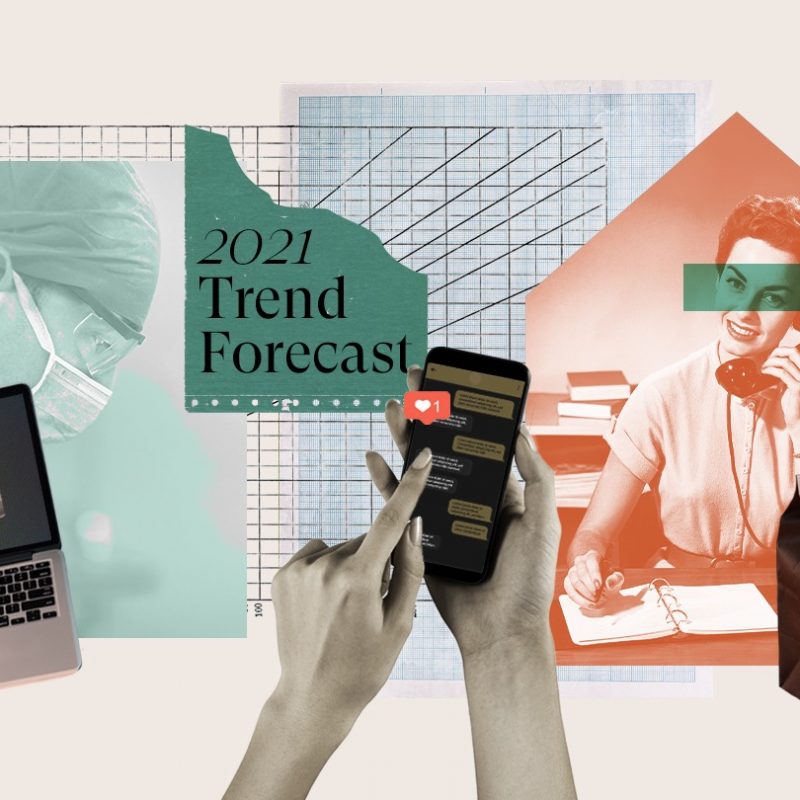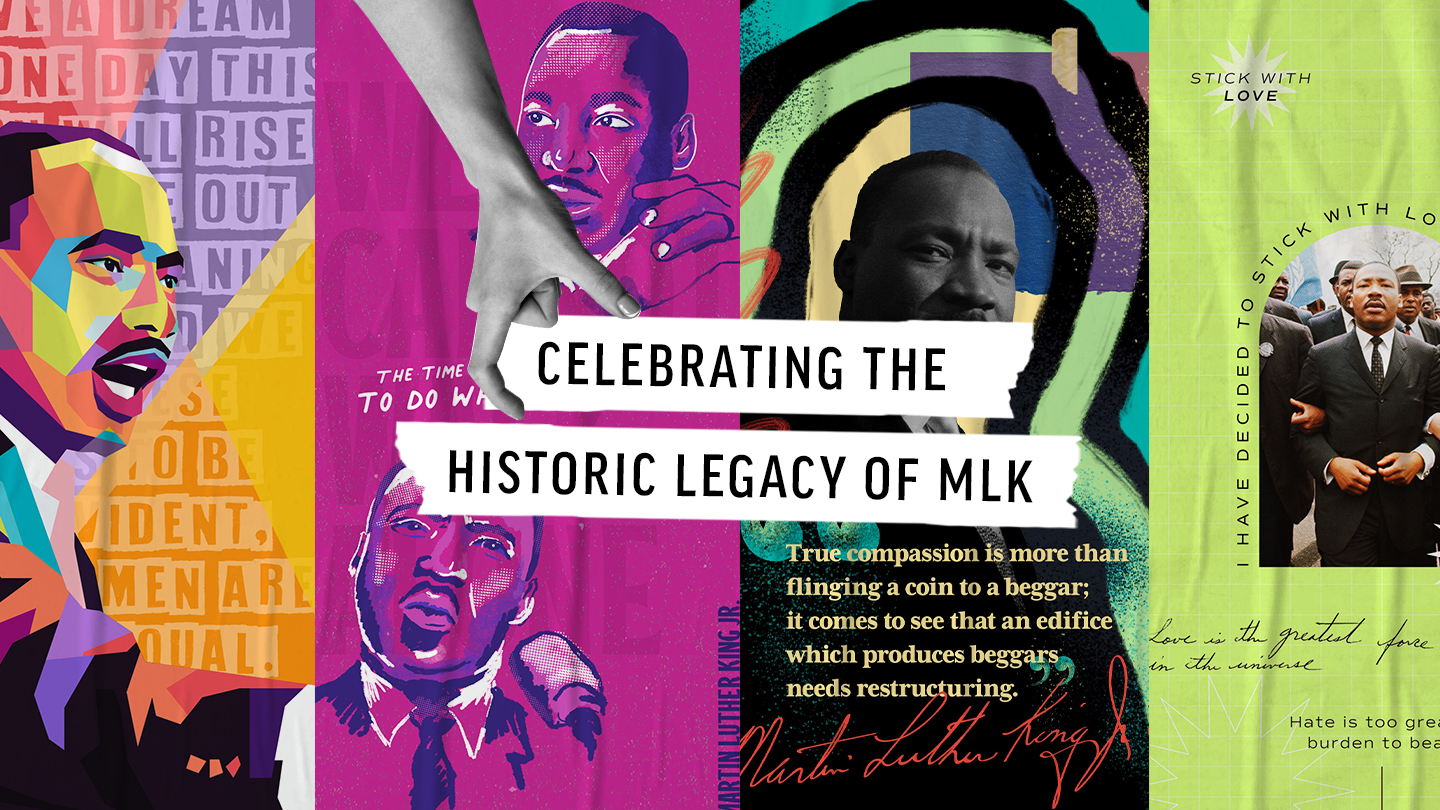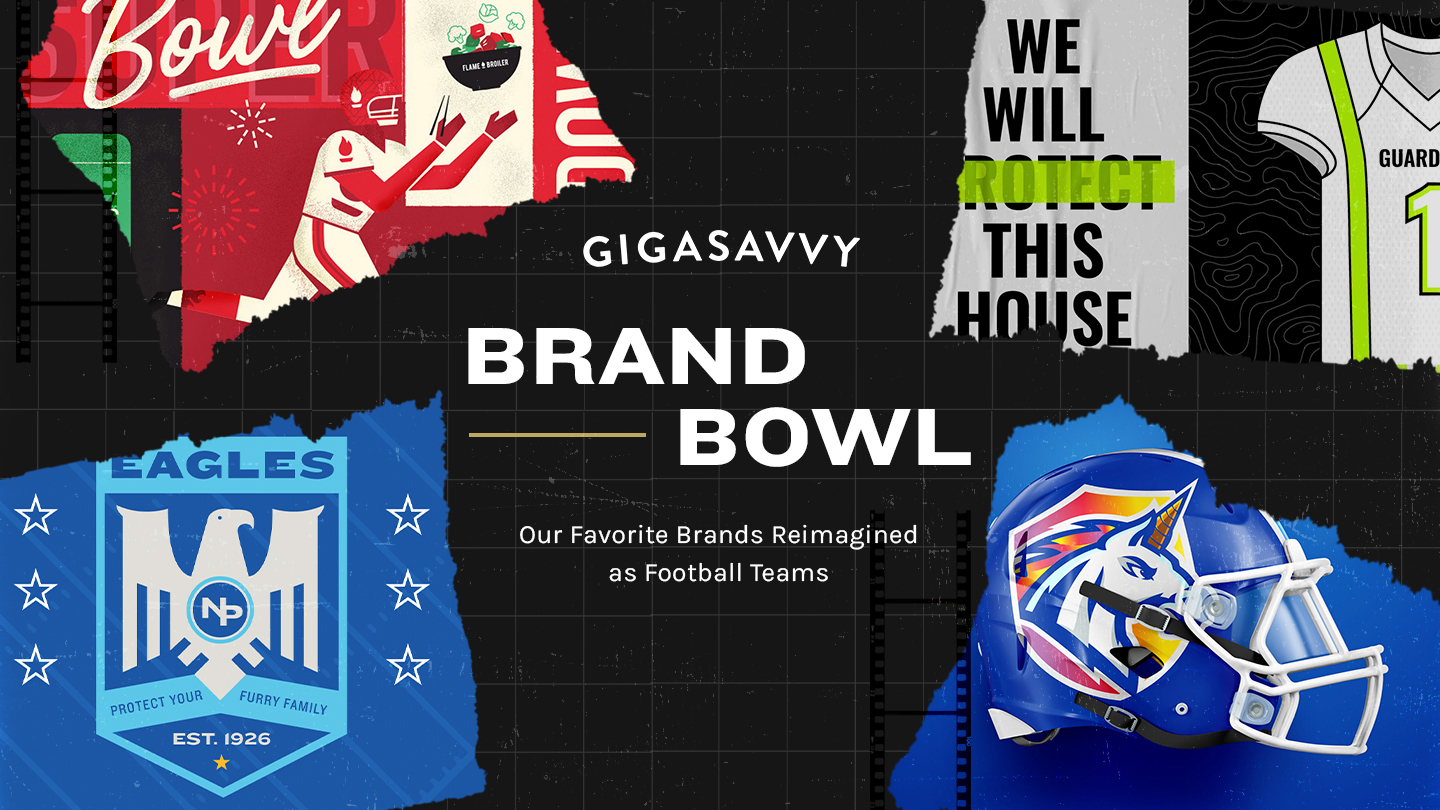Businesses and brands of all types raised their game in 2020 to confront a global crisis, and much of what we learned will continue to bear fruit in the year ahead.
For a year marked by lockdowns, 2020 was also paradoxically a time when many people were in motion. We moved from densely packed cities to remote spots in the countryside and transitioned from physical locations to virtual ones.
The gym gave way to live-streamed Peloton classes. The office was replaced by Zoom, Microsoft Teams, Slack, and other productivity and collaboration platforms. Even school went virtual and many medical services were delivered via telehealth.
Digital transformation was a priority across industries even before the pandemic hit, but after, it became a true lifeline.
Post-Pandemic Pivot
Some brands and companies were slow to change when COVID emerged. Others saw the opportunity to use their skills and creative strengths to quickly develop memorable and innovative solutions.
For example, when the L.A. Dodgers made it to the World Series, Postmates developed a unique at-home experience for fans. Everything from classic Dodger Dogs to a mini baseball helmet filled with chicken strips was made available for home delivery to recreate the stadium experience as best as possible under the circumstances.
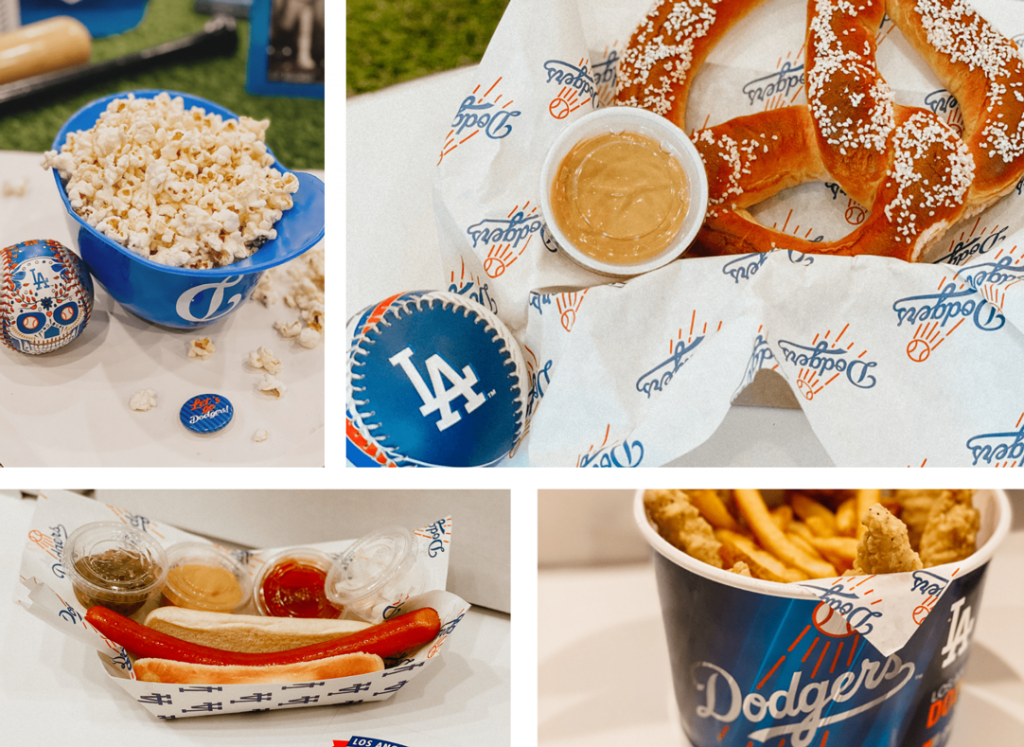
Lockdowns forced us to rely far more heavily on digital tools than ever before. And not just the mundane stuff like online spreadsheets and chat rooms. Almost two-thirds of leading consumer brands, invested in AR, VR, 3D content, and 360-degree video in 2020, according to Accenture.
These still early experimentations will only grow more sophisticated, more immersive, and more engaging. We still haven’t seen a killer app in this sector, a piece of content, or a platform that massively drives adoption, but it’s only a matter of time.
In fact, Gigasavvy Creative Director Mitch Fait believes that reality is closer than even many industry insiders realize:
“There has always been a barrier to entry for AR in advertising because you had to force users to download a special app to view content. People resisted using QR codes for the same reason. But, with that tech now native to most phones, there is an opportunity to push AR experiences in ways previously unimaginable to mass audiences.”
Ultimately, technology is only as useful or engaging as the purpose for which it’s deployed, and 2020 saw some ingenious implementations — many of which will stick around in 2021 and beyond.
Digital Togetherness
Humans are social animals. We are driven to share, connect, and congregate. When we couldn’t see each other in person we formed gatherings on messaging apps, video conferencing platforms, and social media networks. We formed digital clubs, live-streamed our days, and shared our experiences through whatever digital means were available. And the platforms responded to this new normal.
Discord, the online service for gamers, artists, and hobbyists, saw a 47% increase in use. Spotify rolled out a plugin-in for listening parties. Twitch, the video game streaming site, broke usage records seemingly every month. Five billion hours were watched on the platform in the second quarter of 2020 alone.
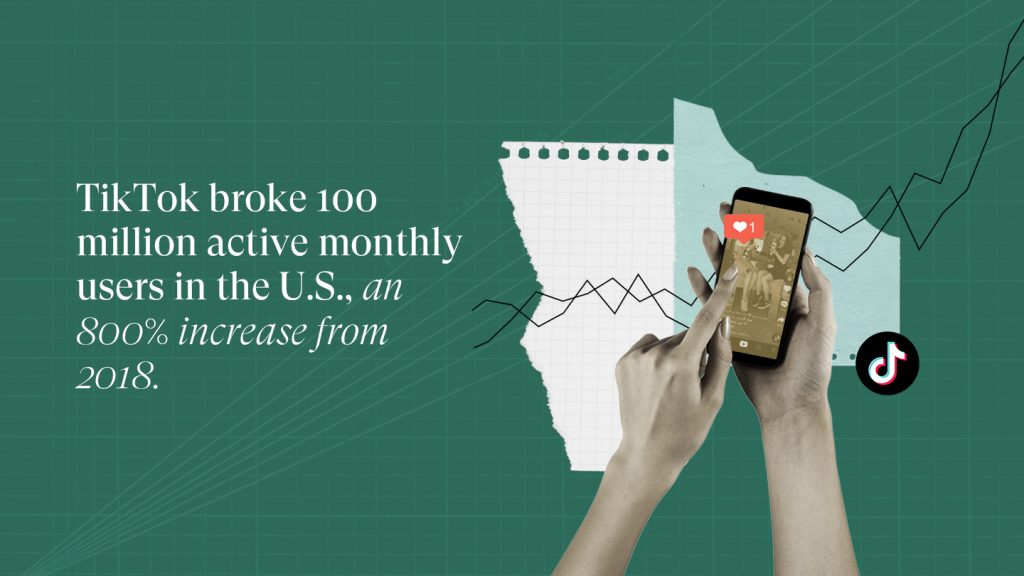
Live viewings jumped 50% on Facebook during lockdowns, and Instagram was up over 70%. Generation Y favorite TikTok broke 100 million active monthly users in the U.S., an 800% increase from 2018.
What’s more, these platforms enabled a far more interactive and engaging experience than legacy media channels are capable of. Viewers could post questions, tag images and videos, share digital stickers and emojis, and even buy products directly in their mobile apps and social media websites.
Virtually There
Another thing that is likely here to stick around in 2021 is the increasing number of incredible interactive virtual events. A record-breaking 12 million players logged into Fortnite to catch Travis Scott’s live virtual concert, Astronomical. J Balvin’s Halloween concert in the battle royale game was also incredibly well received.
Though forced to take their acts online by the pandemic, brands leaned into the opportunity and created experiences that were eye-popping, larger than life, and so engaging that you can bet Fortnite will continue to seek out top artists to collaborate with for virtual events, regardless of whether real-world venues are hosting events or not.
With its runway show canceled, Prada converted its SS 2021 Womenswear Show into a multimedia experience, complete with fully immersive 3D VR. Competing high fashion brand Zegna described its approach as ‘phygital,’ a hybrid solution that merged pre-recorded content with live models.
Rebranding Revolution
Some of the changes brought about by the pandemic will slowly fade away with time. A post-COVID world will hopefully feature a lot less social distancing. But not every new change will disappear. 75% of U.S. consumers tried different stores, websites, or brands during the pandemic. The majority of them said they expect to integrate these new brands or stores into their post-pandemic lives. Gigasavvy Strategy Director Kristy Gulsvig expects the recent interest in rebranding will spread in 2021 and continue growing as brands are required to evolve and adapt to accelerating trends.
“Brands are beginning to invest in rebranding to keep up with changing consumer behaviors and attitudes,” says Kristy. “They are also rethinking the way they converse with their customers. Brands are laser-focused on identifying what consumers truly care about and communicating their values in authentic ways that resonate by tapping into our shared humanity.”
Conscious Companies
An increased demand that brands and companies articulate their position on pressing issues of the day and behave in accordance with their stated core values, a trend that has been attributed to the Gen Y and Z demographics, exploded in 2020 amid cultural upheaval surrounding the Black Lives Matter movement, pandemic lockdowns, and growing awareness of environmental risks.
Diversity and inclusion, in particular, were hot button issues in 2020. Accenture found that 41% of consumers have begun deserting retailers that don’t reflect their views on identity and diversity. That trend has implications from the consumer perspective — 66% of millennials say they won’t patronize a company that refuses to take a stand — and for employers who have discovered that most of the younger talent pool is willing to ‘job-hop’ until they find a home that matches their ethos.
“The need to formulate and express a prosocial corporate culture and vision has become a vital objective, with very real repercussions not just for most company’s ethical grounding and perceptions of their authenticity, but on profitability and brand growth,” said Gigasavvy’s Kristy Gulsvig.
Co-creative User Involvement
In March of 2020, as the pandemic was just starting to become a reality, there was an 80% increase in searches for “DIY” (“do it yourself”) on Google.
Taking the initiative to build it yourself turns a rote activity into a journey of personal growth. Harnessing the IKEA effect (the tendency to put disproportionate value on goods you help build) is an emerging goal for all designers of engaging experiences and interactions. What was once limited to couches with unpronounceable Swedish names now applies to just about anything.
“Your audience isn’t a dumping ground for content, messaging, and products,” explains Gigasavvy Marketing Director Daniel Reizes. “So much of what traditional marketers do is landfill, put into the world to meet a deadline or check a box, then tossed away and forgotten in an instant with the hope of subconsciously influencing purchasing decisions. But it doesn’t have to be that way. As marketers, we are in a position to add significant cultural value to society by creating opportunities for dialogue and discovery. Best of all, we don’t need an algorithm or cookies that track our behavior to make these connections.”
Part and parcel with that development has been the perpetual growth of user-generated content (UGC). “Audiences loved the opportunity to share their voices, and brands were more than happy to help them because it’s an inexpensive source of relatable and authentic earned media that helps form lasting bonds and stay stop of mind amongst consumers,” says Reizes.
Gigasavvy’s Senior Social Media Strategist, Angie Guevara, predicts that the next big trend in UGC will be remixing. Superfans empowered with the tools of digital creation aren’t just consuming culture, they are recreating and reimagining it, and adding in their own personal touches and character.
Agile Agencies
Another trend that flourished in 2020 and which is primed for further growth is the rise of smaller and independent marketing and advertising agencies. With a new reason to pivot seemingly every month, the value of a partner that is inherently nimble — and able to extract maximum value from smaller, more targeted brand identity investments — has been highlighted.
According to Adweek, 40% of brands could be looking for a new agency in the next six to 12 months, and with less bureaucracy and fewer stakeholders to appease, small and independent shops are empowered to be proactive in solving problems and accelerating turnaround times to address rapidly changing conditions in the marketplace.
Even the very biggest brands, like pizza giant Domino’s, are devoting a lot more attention to this space these days. “I really feel that the independent agency model gives us more flexibility and less distractions,” said Domino’s Chief Marketing Officer Art D’Elia. Others, including their rival Papa John’s and massive conglomerates like Kraft Heinz, are also diversifying their roster of creative marketing agencies to include smaller firms that are more open to creative experimentation and a quicker cadence.
Cookieless Web
One of the biggest unknowns facing us in 2021 will be the fate of a time-tested piece of digital marketing technology: the browser cookie. These tiny bits of data record user activity on the web and are essential for advertisers attempting to track, target, and optimize digital ads. It’s difficult to personalize outreach when you don’t know who you are talking to, after all.
That is about to change, though. Google has announced that in 2022, its Chrome browser, which dominates globally with 65% market share, will stop supporting third-party cookies. That change might result in the development of new, less invasive, and more private means of tracking users.
It also looks to spur the growth of advertising directly on ecommerce platforms like Amazon and Walmart, which rose by 39% in 2020, according to eMarketer, and is predicted to grow another 30% in 2021 to reach 13% of the total digital ad spend in the U.S. Top ecommerce sites know a lot about their customers already and aren’t as reliant on third-party tracking.
What’s Next?
Complacency breeds contempt, but new obstacles light the fires of creation, and the whole world was challenged in 2020 like at no point in most people’s lives. We should be proud that, in the face of volatility and turmoil, so many forged ahead unabated. More than half of the respondents to tech brand Wetransfer’s year-end survey said that the changes in their working environment resulted in them having more ideas, not less.
Growth always happens outside our comfort zone, and 2020, most would agree, was a year spectacularly devoid of typical comforts. For certain, the road ahead is still perilous and uncertain, but the knowledge that we can not only survive but thrive no matter what 2021 throws at us is confidence-inspiring and should serve as motivation to continue to evolve, ideate, and connect.
Ready to start leveraging the lessons of 2020 to make your 2021 revolutionary? Talk to Gigasavvy today.
